
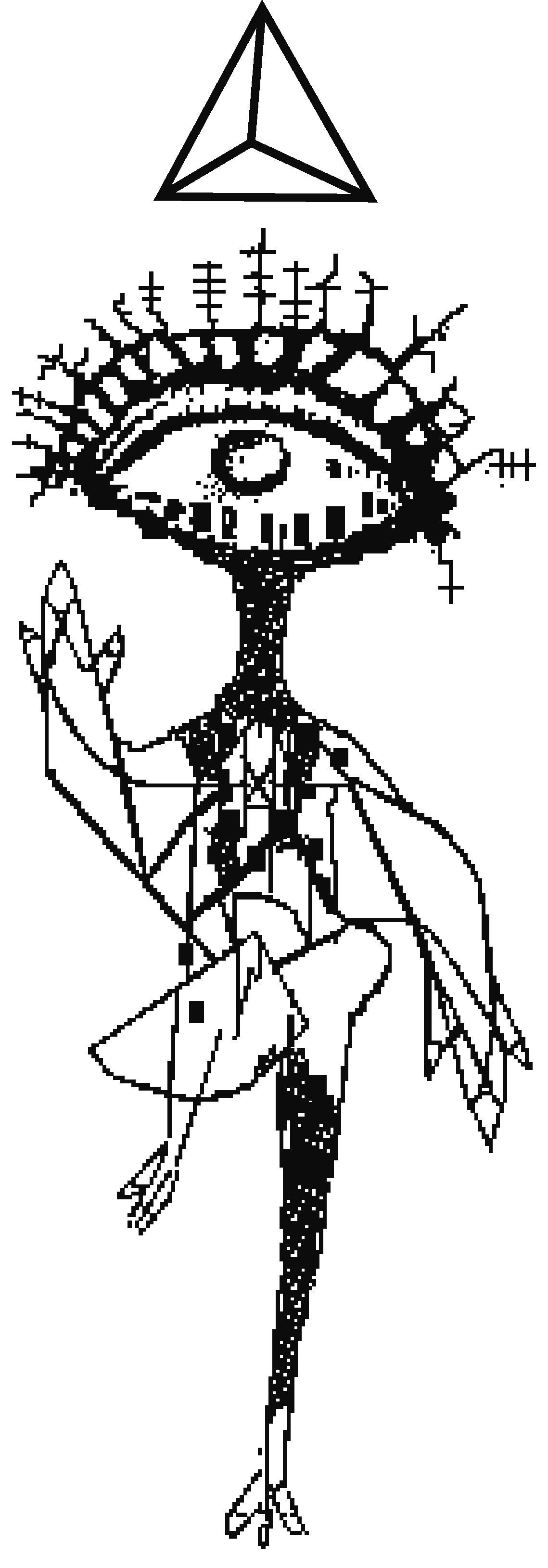
Collapse of PAL
////////////////////////////
produced for TV-TV
curated by
Kristoffer Gansing
and Linda Hilfling Ritasdatter
(2010)
This rendered version of the Collapse of PAL was produced during my residency at LabMIS São Paulo in 2011,
thanks to IMPAKT (NL).
Live performance in Brasil with Defi, Optical Machines and B. Fleischmann, commissioned by David Quiles Guilló / Nova Rojo
produced for TV-TV
curated by
Kristoffer Gansing
and Linda Hilfling Ritasdatter
(2010)
This rendered version of the Collapse of PAL was produced during my residency at LabMIS São Paulo in 2011,
thanks to IMPAKT (NL).
Live performance in Brasil with Defi, Optical Machines and B. Fleischmann, commissioned by David Quiles Guilló / Nova Rojo
The Collapse of PAL (rendered version, 2010)
In the Collapse of PAL, the Angel mourns analogue signals superseded by Digital Video Broadcasting (DVB). She wants to make whole what has been broken but remains passive, rationalising PAL’s demise as inevitable: the signal was just not good enough.
New to digital image processing, she still believes each update introduces improvement. But unbeknownst to her, the digital paradigm has already locked her into the endless ascent of a PenRose-Staircase to Nowhere (the paradox of Progress)
New to digital image processing, she still believes each update introduces improvement. But unbeknownst to her, the digital paradigm has already locked her into the endless ascent of a PenRose-Staircase to Nowhere (the paradox of Progress)
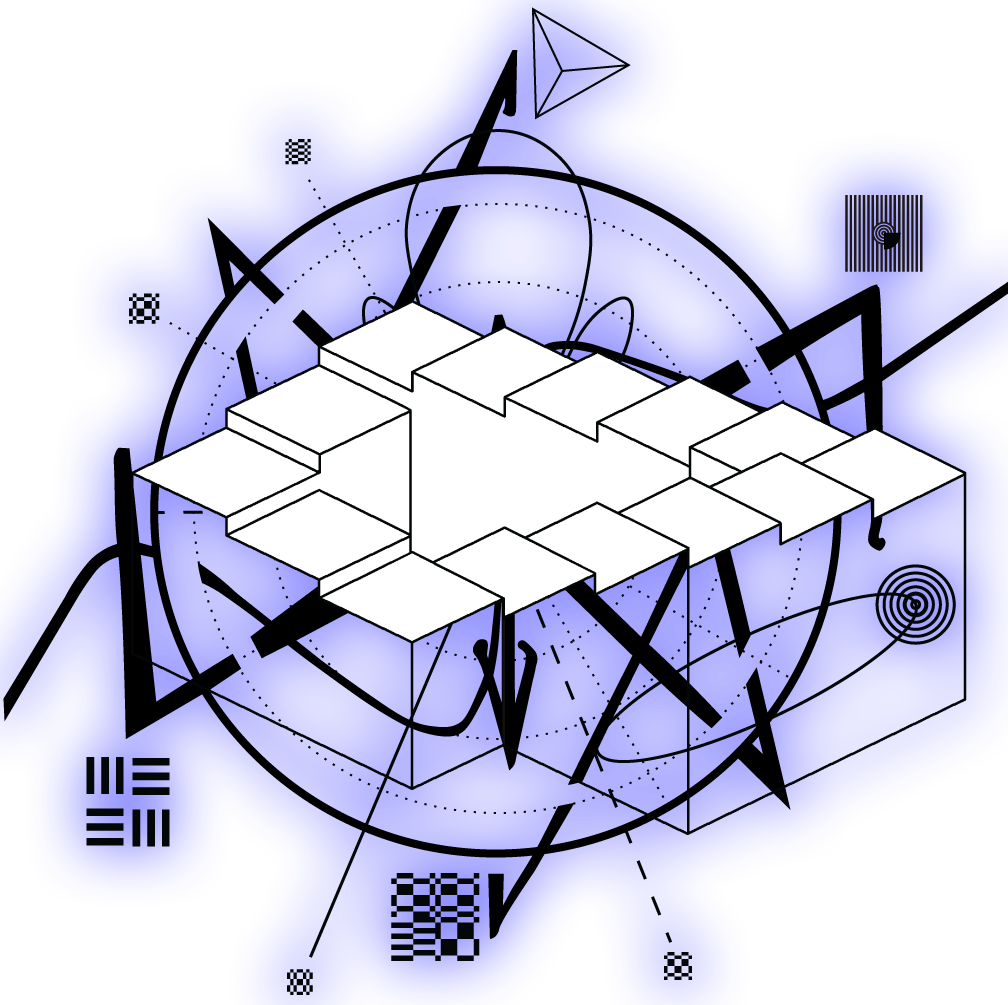
A Vernacular of File Formats (2010)
curated and acquired with the help of Ward Janssen by the Stedelijk Museum and MOTI in 2016.
Installation for Stedelijk BASE collection commissioned by Karen Archey.
PDF available here
 Un/Resolved
Un/Resolved 84 meters-long data file painted on canvas, partially wrapped, 2016
Un/Resolved is inspired by
Beflix 29 PARALLEL STRIPES
When she finally realizes she is trapped in the endless cycle of upgrades, anxiety sets in.
She starts poking at files and software, triggering artefacts from feedback, compression, and glitches. Some breaks do more than distort: they briefly expose otherwise black-boxed operations.
From Un/Resolved, an 84-metre-long file encoded pixel by pixel, she receives a key insight: unlike the analogue PAL television signal, which is a continuous, interlaced waveform distributed over horizontal scan lines, digital resolution arises from processing discrete samples across multiple axes, including space (pixels/blocks) and time (frames).
Rendering depends on how hardware and software read, display, and transform data: line by line, block by block, and sometimes frame by frame. Resolution is not fixed at capture; it is reshaped at each stage of the render pipeline, from compression and encoding to decoding, display, and interpretation.
Consequently, a digital image is never entirely static or fixed but remains fluid, as it is subject to transformations introduced by the processing pipeline.
She starts poking at files and software, triggering artefacts from feedback, compression, and glitches. Some breaks do more than distort: they briefly expose otherwise black-boxed operations.
From Un/Resolved, an 84-metre-long file encoded pixel by pixel, she receives a key insight: unlike the analogue PAL television signal, which is a continuous, interlaced waveform distributed over horizontal scan lines, digital resolution arises from processing discrete samples across multiple axes, including space (pixels/blocks) and time (frames).
Rendering depends on how hardware and software read, display, and transform data: line by line, block by block, and sometimes frame by frame. Resolution is not fixed at capture; it is reshaped at each stage of the render pipeline, from compression and encoding to decoding, display, and interpretation.
Consequently, a digital image is never entirely static or fixed but remains fluid, as it is subject to transformations introduced by the processing pipeline.
Radio Dada
Music by Extraboy. Nov 23, 2008.
Music by Extraboy. Nov 23, 2008.
To Smell and Taste Black Matter (1)
Music by Extraboy. Feb 15, 2009.
Music by Extraboy. Feb 15, 2009.
65 76 65 72 79 74 68 69 6e 67 20
Sound by Rosa. Apr 17, 2010.
Sound by Rosa. Apr 17, 2010.
Washmountain.
Music by Extraboy
Sep 6, 2009.Acousmatic Videoscapes (2008 - )
Music by Extraboy
Sep 6, 2009.Acousmatic Videoscapes (2008 - )
DCT:SYPHONING. The 64th interval (2015 - .. )
///////////////////////////
a first iteration was conceivedfor a commission by the photographers gallery (2015)
It was then exhibited at the Schafhof in Munich December 2015.
During my
Oregon Story Board residency 2016 - 2017
and finished during my time at Schloss Solitude
it released as VR as part of DiMoDA 2.0, (2016) by Alfredo Salazar-Caro and William Robertson
a first iteration was conceivedfor a commission by the photographers gallery (2015)
It was then exhibited at the Schafhof in Munich December 2015.
During my
Oregon Story Board residency 2016 - 2017
and finished during my time at Schloss Solitude
it released as VR as part of DiMoDA 2.0, (2016) by Alfredo Salazar-Caro and William Robertson
Armed with this understanding of resolution-as-process, the Angel ventures on a glitch safari to better grasp how codecs shape representation.
On one such trip, she observes a Senior DCT training a Junior to transcode data across compression languages: a technique they call ‘SYPHONING.’
They start with simple artefacts: pixels, scanlines and macroblocks. But when they reach the realms of wavelets and vectors, their blocky logic hits its limit and their stack tips into kernel panic.
From a PenRose-Staircase to Nowhere, a few upgrades away, the Angel injects a message into their stream - the rule of Un/Resolved: “digital image data unfolds not only across width and height, but along additional axes such as time, depth and spectrum.”
But the DCTs have already syphoned into a legacy channel, back to simpler complexities, and don’t receive her guidance.
From the DCT drama, the Angel recognises a new paradox: every upgrade that promises optimisation and clarity, also imposes new system constraints.
Refusing to waste her newfound insight - the Angel forks the DCT algorithm by steganographically encoding messages as DCT error - to support the DCTs in a move beyond their blocky logic.
The tool she built does more than just encode messages: it opens a backdoor into JPEG’s hidden architecture, where compression doesn’t simply reduce a file’s size, but inscribes it with trace evidence. Consequently, resolution becomes material evidence: a forensic surface marked by every act of encoding, decoding, and transcoding it has undergone.
They start with simple artefacts: pixels, scanlines and macroblocks. But when they reach the realms of wavelets and vectors, their blocky logic hits its limit and their stack tips into kernel panic.
From a PenRose-Staircase to Nowhere, a few upgrades away, the Angel injects a message into their stream - the rule of Un/Resolved: “digital image data unfolds not only across width and height, but along additional axes such as time, depth and spectrum.”
But the DCTs have already syphoned into a legacy channel, back to simpler complexities, and don’t receive her guidance.
From the DCT drama, the Angel recognises a new paradox: every upgrade that promises optimisation and clarity, also imposes new system constraints.
Refusing to waste her newfound insight - the Angel forks the DCT algorithm by steganographically encoding messages as DCT error - to support the DCTs in a move beyond their blocky logic.
The tool she built does more than just encode messages: it opens a backdoor into JPEG’s hidden architecture, where compression doesn’t simply reduce a file’s size, but inscribes it with trace evidence. Consequently, resolution becomes material evidence: a forensic surface marked by every act of encoding, decoding, and transcoding it has undergone.
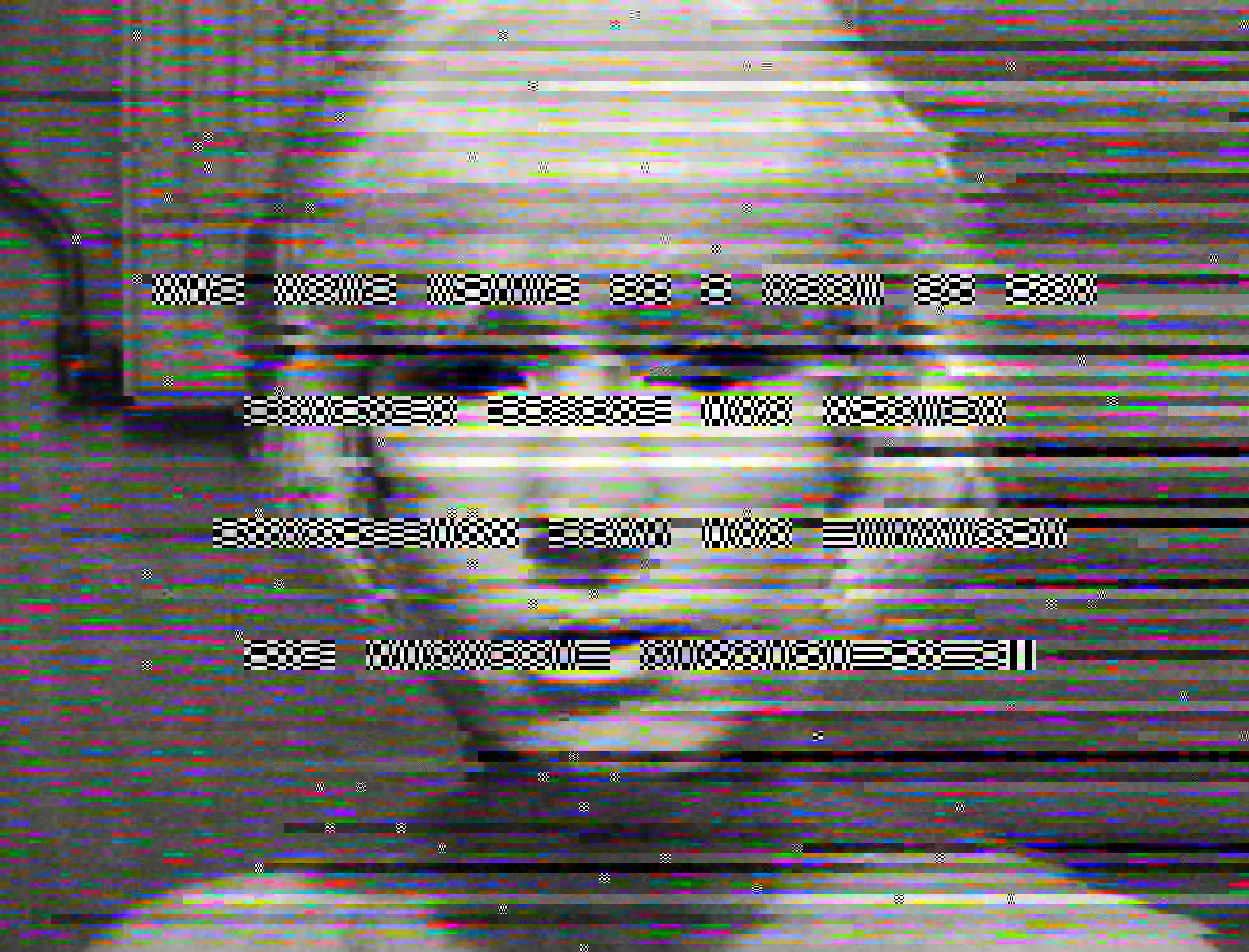
JPEG FROM A VERNACULAR OF FILE FORMATS, (2009 - 2010),
2023 REVISITATION WITH HIDDEN MESSAGE IN DCT
///////////////////////////
a software that lets you write in error.
The first iteration was build by Ted Davis,
a second by Erik Axel Eggelink
365 Perfect De/Calibration Army (2019 - ... )
The compression paradox compels the Angel to look more closely into the genealogies of resolution. She convenes a desktop call for all forgotten and unknown faces of colour calibration.
As they assemble on her desktop, one problem becomes immediately apparent: almost all are Caucasian women - digital descendants of Kodak’s original “Shirley Card.”
A root problem becomes clear at once: the dominance of white skin tones in calibration processes has encoded racial bias into the very standards that shape visual technologies. As a result, protocols systematically fail to recognize, render, or respect the full spectrum of human skin tones — erasing difference, misrepresenting presence, and inflicting harm.
The implications are architectural. Standardisation does not only organise what can be seen; it enforces a hierarchy of visibility. It sets thresholds for what qualifies as legible, while relegating everything else — bodies, faces, colours — to a domain of loss and misrecognition. In doing so, it determines what remains unrenderable, invisible, and compromised: who and what is left unsupported in their racist white shadows.
What begins as a call, becomes a desktop tele-choral of solidarity. They perform Paul McCartney's “We All Stand Together.” In unison, they declare the institutions of Resolution Disputes (i.R.D.) and form its De/Calibration Army.
As they assemble on her desktop, one problem becomes immediately apparent: almost all are Caucasian women - digital descendants of Kodak’s original “Shirley Card.”
A root problem becomes clear at once: the dominance of white skin tones in calibration processes has encoded racial bias into the very standards that shape visual technologies. As a result, protocols systematically fail to recognize, render, or respect the full spectrum of human skin tones — erasing difference, misrepresenting presence, and inflicting harm.
The implications are architectural. Standardisation does not only organise what can be seen; it enforces a hierarchy of visibility. It sets thresholds for what qualifies as legible, while relegating everything else — bodies, faces, colours — to a domain of loss and misrecognition. In doing so, it determines what remains unrenderable, invisible, and compromised: who and what is left unsupported in their racist white shadows.
What begins as a call, becomes a desktop tele-choral of solidarity. They perform Paul McCartney's “We All Stand Together.” In unison, they declare the institutions of Resolution Disputes (i.R.D.) and form its De/Calibration Army.
Behind White Shadows && Pique Nique Pour les Inconnues (2017 - 2020)
////////////////////////////
is a research project undertaken during my 2019 JMAF residency in Tokyo, Japan.
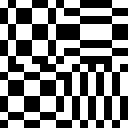











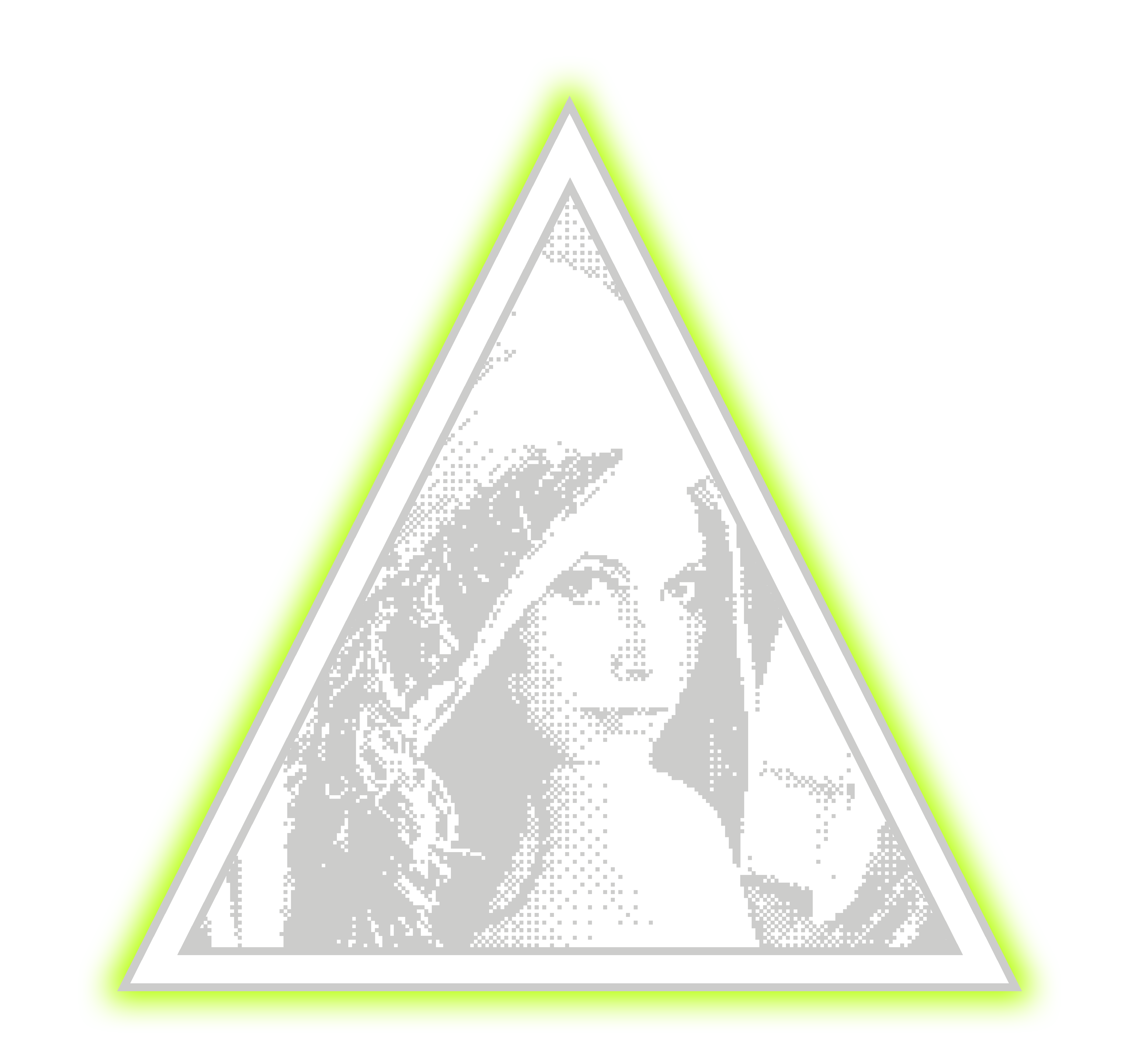
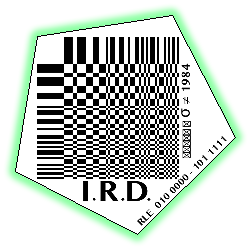 i.R.D.
i.R.D.